1. New York City, NY
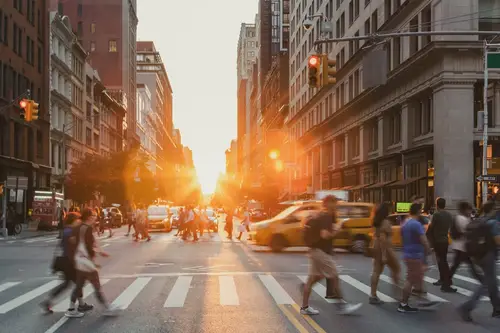
If you’re visiting New York City, you might be tempted to jaywalk or linger on the sidewalk while snapping photos. Locals, however, treat the streets like a fast-moving conveyor belt, weaving in and out with purpose. The pace here is relentless, and standing still is basically a hazard. Tourists often underestimate just how quickly the city moves.
Subway etiquette is another tricky area. Visitors might chat loudly or block the doors, but locals have mastered the art of silent, efficient commuting. Everyone knows the importance of letting passengers off before boarding. New Yorkers also have an unspoken rule about not making eye contact on the subway.
2. San Francisco, CA

San Francisco’s hills are iconic, but tourists often attempt to walk them without realizing how steep they are. Locals, on the other hand, have learned the art of pacing and proper footwear. Cable cars may be a novelty for visitors, but residents use them strategically to avoid the most exhausting climbs. Traffic and fog also change how locals approach getting around, something tourists rarely consider.
Food culture is another place where rules differ. Tourists flock to Fisherman’s Wharf for overpriced clam chowder, while locals hit up hidden taquerias or Mission District bakeries. Farmers markets aren’t just attractions—they’re part of daily life for many. The difference in dining behavior shows how intertwined local knowledge is with daily routines.
3. Las Vegas, NV

Visitors often assume Vegas is a non-stop party zone. Locals, however, have strict schedules to avoid the chaos, knowing the best times to hit the Strip and when to stay home. They avoid the most crowded casinos during peak hours and rarely gamble impulsively. Tourists treat every hour as peak entertainment time.
Street etiquette in Vegas is another subtle distinction. Tourists often stop in the middle of sidewalks or take selfies in high-traffic areas. Residents have learned to walk confidently and avoid pedestrian bottlenecks. Knowing when to stop and when to move is a survival skill here.
4. Chicago, IL
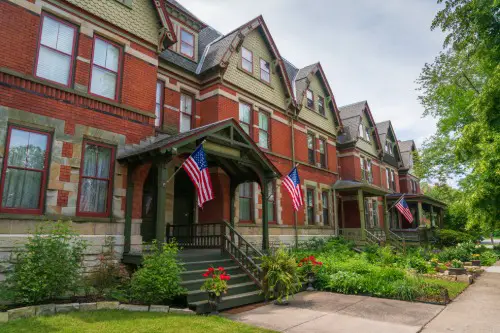
Windy City is famous for deep-dish pizza, but the locals’ preferences are far from what tourists usually pick. Residents often go for thin-crust pies at neighborhood joints, not the tourist traps downtown. Chicagoans also have a precise way of navigating the L train system. Tourists, by contrast, can appear completely lost in the loop.
The lakefront is another example of differing rules. Tourists might set up elaborate picnic areas on popular stretches, while locals know exactly where to jog, bike, and relax without getting in anyone’s way. Beach rules are followed religiously by residents, from dog zones to bike lanes. The city’s strict zoning of activities can catch visitors off guard.
5. Boston, MA
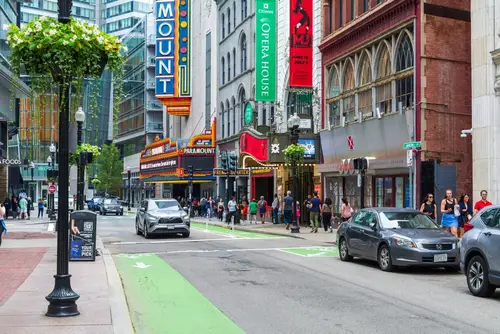
Boston drivers are famously aggressive, but locals know the secret: the city is a maze of one-way streets and hidden turns. Tourists, expecting a grid system, often panic or stop abruptly. Walking the Freedom Trail seems easy, but locals move with purpose to avoid the tourist shuffle. Timing is key during rush hour, whether on foot or in a car.
Sports culture is another divide. Residents live and breathe Red Sox, Celtics, and Bruins games, knowing when to cheer and when to quietly exit bars. Tourists often show up in jerseys without understanding the deep-seated loyalties. The unspoken rules of fan etiquette can make or break your experience.
6. Miami, FL
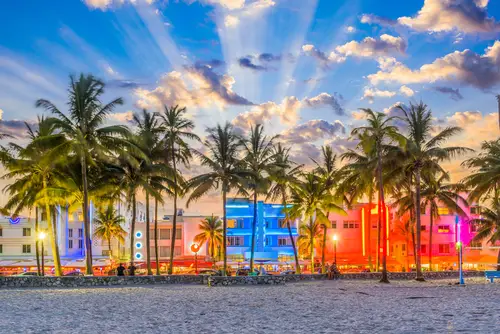
Miami is more than South Beach; locals know the city is sprawling and traffic is a nightmare. Tourists often try to see everything in a single day, while residents pick their routes carefully. Public transportation is underused by visitors, but locals know the best bus and metro options. Even parking has unspoken local rules, like avoiding certain streets during snowbird season.
Beach etiquette is another hotspot. Tourists set up elaborate sunbathing stations, while locals claim their spots early and keep things low-key. Knowing which beaches are quieter and which are more social is essential. Water safety rules are also taken seriously by residents, especially around strong currents.
7. Seattle, WA

Seattle rain catches tourists off guard, while locals navigate puddles with minimal fuss. Umbrellas are used strategically, not for show, and layers are a daily necessity. Tourists may linger at the Pike Place Market stalls, but locals know exactly which vendors are worth the time. Coffee culture is another realm where knowledge matters; locals avoid lines at famous chains.
Driving and biking have unspoken rules here, too. Locals know which streets to avoid during rush hour and how to navigate the many one-way streets. Tourists can cause minor chaos by stopping mid-lane to admire the skyline. The city’s grid isn’t intuitive to outsiders, but residents move through it like clockwork.
8. Los Angeles, CA

Visitors to LA think of beaches and Hollywood, but locals live by a different schedule entirely. The city’s notorious traffic dictates when they leave the house and which routes they take. Tourists often underestimate driving times and miss appointments or shows. Locals have mastered side streets and timing to avoid the worst congestion.
Food culture is another distinction. Tourists flock to In-N-Out or famous brunch spots, while locals hunt down hidden gems and food trucks. The city’s sprawling neighborhoods each have their own culinary rules. Knowing when and where to eat without waiting an hour is a local skill.
9. Austin, TX
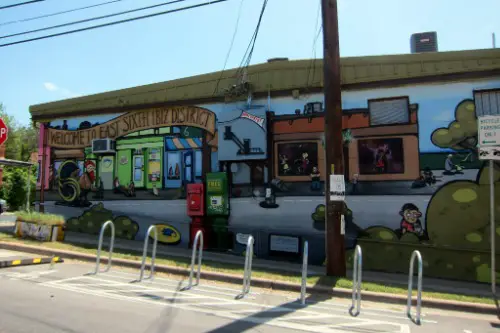
Austin’s music scene draws tourists who expect nonstop shows, but locals pace themselves carefully. They know which venues are worth the visit and which nights are packed with outsiders. Traffic can be a nightmare during festivals, so locals plan alternate routes. Even biking and walking through downtown requires timing strategies.
The barbecue scene is similar. Tourists often head to the biggest names, while locals know small joints where lines are shorter but flavors are unmatched. There’s a hierarchy of food stops that visitors rarely understand. Weekend schedules reflect these local priorities, not tourist itineraries.
10. New Orleans, LA
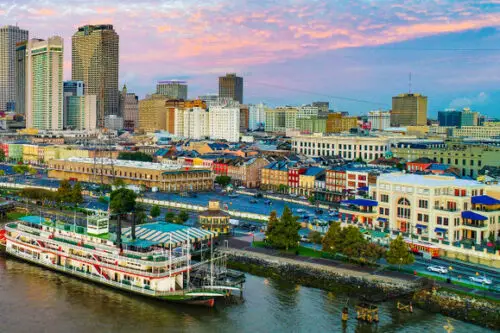
New Orleans is synonymous with Mardi Gras in the minds of tourists, but locals experience it differently. They know which parades to avoid and which neighborhoods to enjoy quietly. Streetcar etiquette is another unspoken rule; locals avoid overcrowding and keep the ride smooth. Tourists often treat the city like one big party, missing its subtle rhythms.
Culinary expectations differ, too. Tourists often try only beignets at Café du Monde, while locals know the best po’boys and gumbo spots off the beaten path. Timing for meals is almost ceremonial here. Knowing when to eat and where is a skill New Orleanians develop over years.
11. Philadelphia, PA
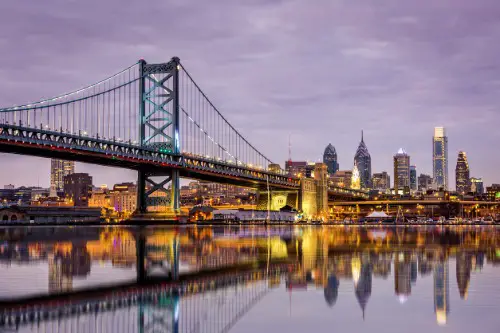
In Philly, tourists flock to the Liberty Bell, but locals have little patience for the crowds. They know the quieter historical spots and how to navigate the cobblestone streets efficiently. Cheese steak orders are another cultural minefield—tourists often get it wrong. Locals have perfected the art of knowing exactly how to order.
Public transit has similar rules. The SEPTA system can be confusing, but residents navigate it like clockwork. Tourists might stand in the wrong spots or miss connections. Philadelphia locals also have a rhythm for walking around neighborhoods that tourists usually don’t follow.
12. Portland, OR
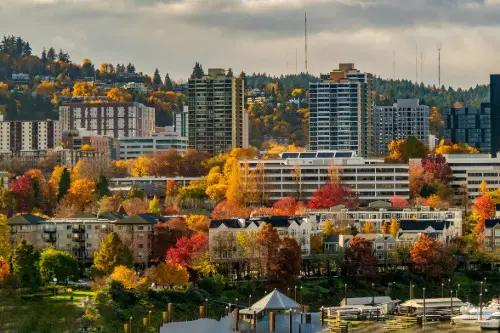
Portland is famous for its weirdness, but locals have unspoken rules about how to embrace it. Tourists tend to overdo it with photo ops, while residents blend their quirky habits into daily life. Food trucks are everywhere, but knowing which ones are genuinely good requires insider knowledge. Lines are inevitable, but locals know when to show up.
Biking culture is another subtle divide. Tourists often block bike lanes or fail to yield properly. Locals navigate the streets with precision, avoiding unnecessary risks. The city’s environmental awareness also informs how residents interact with the public space.
13. Nashville, TN
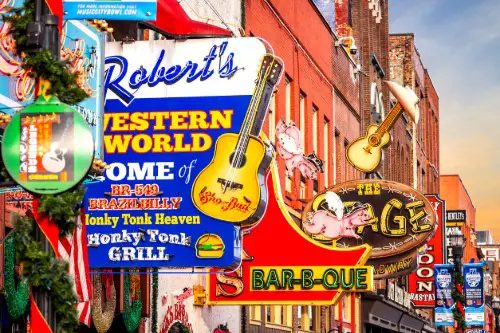
Tourists come to Nashville for country music, but locals treat live shows differently. They know which bars are worth the cover charge and which venues are overcrowded traps. Parking downtown is another local skill, requiring timing and patience. Visitors often underestimate the walking distances between main attractions.
Food culture is subtly different, too. Hot chicken spots attract tourists, but locals know where to get it without long waits. Breakfast and brunch rules are also closely followed by residents. The rhythm of the city revolves around music, food, and timing in ways visitors rarely grasp.
14. Savannah, GA
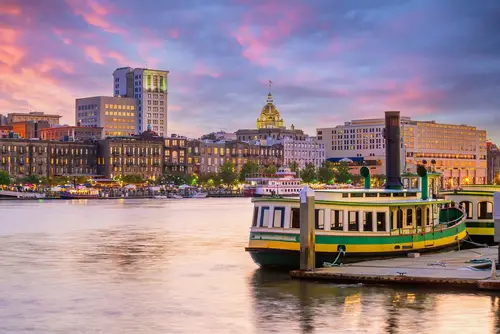
Savannah is postcard-perfect, but locals know which streets are truly walkable and which are tourist traps. Ghost tours are popular, but locals often skip the most crowded ones. Public squares have subtle etiquette, like where to sit or linger. Tourists often misread these social cues, unintentionally blocking pathways.
Dining is another area of difference. Visitors flock to River Street, while locals eat in quieter squares or hidden restaurants. Early mornings are reserved for locals to enjoy coffee in peace. Knowing the flow of the city makes a big difference in experiencing it authentically.
15. Denver, CO
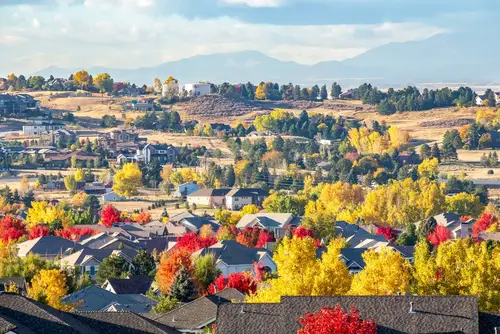
Denver is full of outdoor opportunities, but tourists often underestimate altitude and weather conditions. Locals plan hikes and outdoor activities carefully, respecting seasonal shifts. Ski resorts and mountain trails have unspoken rules about timing and preparation. Visitors often show up unprepared for cold snaps or altitude sickness.
Craft beer culture is another distinction. Tourists flock to the biggest breweries, while locals know small taprooms with superior brews. Food trucks are part of daily life, not just an attraction. Timing and choice in both drinks and dining reveal local knowledge.
16. Washington, D.C.
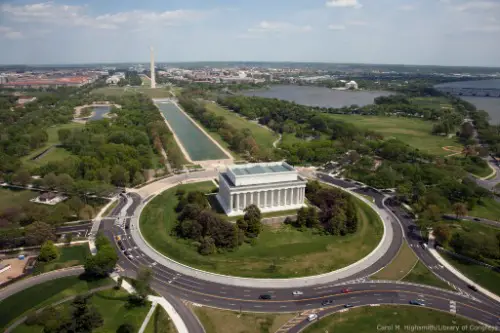
Tourists swarm the National Mall and monuments, but locals know which times of day are manageable. They navigate metro stations and streets with an efficiency born of experience. Political protests and events are common, and locals know how to avoid or participate safely. Tourists often misjudge distances and schedules between attractions.
Dining and nightlife rules also differ. Tourists may wait in long lines at trendy spots, while locals know hidden gems with shorter waits. Even walking etiquette on crowded sidewalks is nuanced. Knowledge of when and where to go separates visitor experiences from local routines.
This post 16 Cities Where Locals and Tourists Have Totally Different Rules was first published on American Charm.


